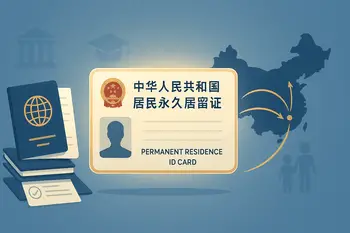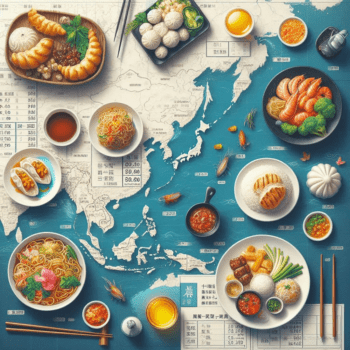
China’s rich culinary heritage offers a diverse range of dining experiences, catering to all budgets.
Whether you’re a traveler, expat, or local, understanding the cost of food and dining in China can help you manage your expenses while enjoying the country’s incredible flavors.
This guide explores food costs across different dining options, regional variations, grocery shopping, and tips for saving money.
1. Street Food and Snacks
Street food is a cornerstone of Chinese culture, offering affordable and delicious options.
Vendors can be found in every city, serving a variety of snacks and small meals.
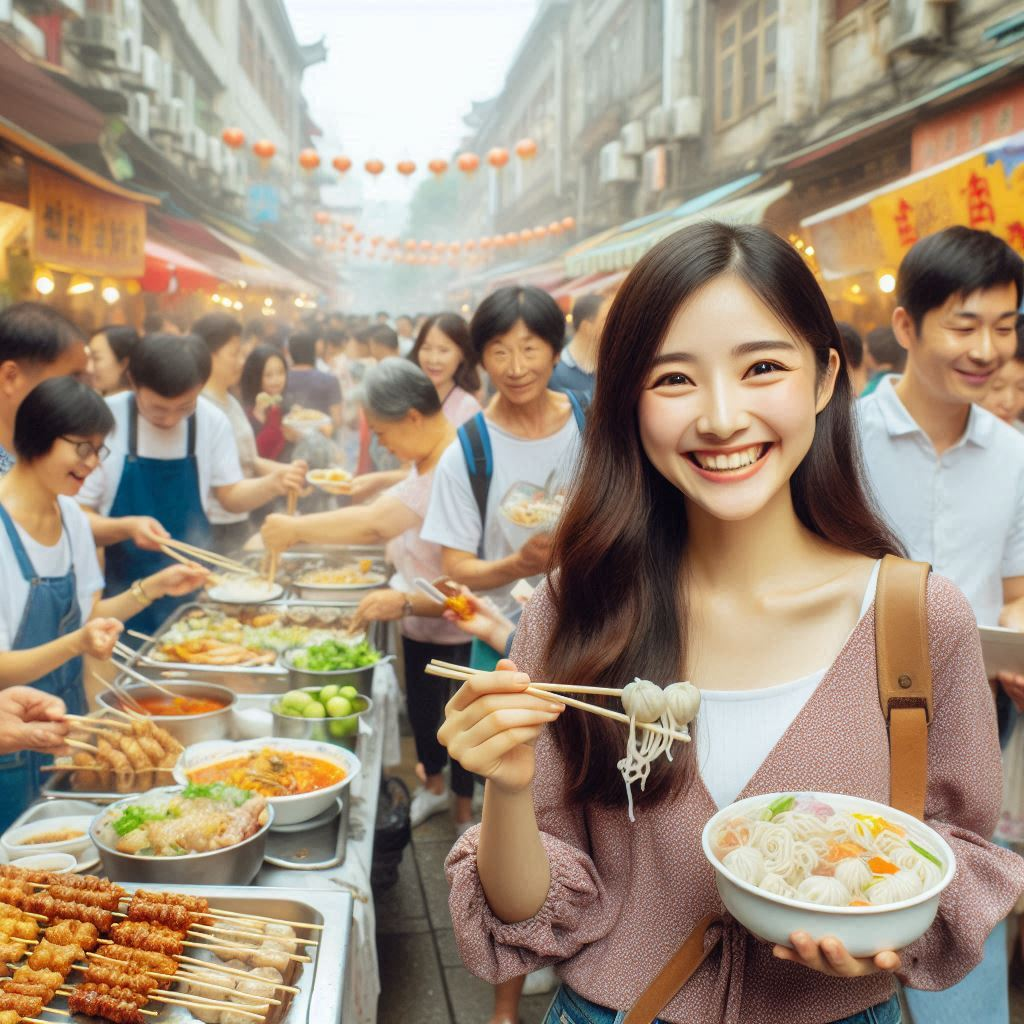
- Average Cost: 2–10 RMB (0.3–1.5 USD) per item.
- Popular Street Foods: Dumplings, skewers, stinky tofu, sugar-coated haws, and scallion pancakes.
For example, a skewer of grilled meat or a serving of dumplings can cost as little as 5 RMB.
However, prices may be slightly higher in major cities like Beijing or Shanghai.
While street food is a great way to experience local flavors, it’s important to choose vendors with good hygiene practices to ensure food safety.
2. Casual Dining and Local Restaurants
Local restaurants are abundant and offer a wide range of dishes, from simple noodle soups to elaborate stir-fries.

- Average Cost: 20–80 RMB (3–12.5 USD) per meal.
- Typical Dishes: Noodles, fried rice, hotpot, and stir-fried vegetables.
A bowl of noodles with meat might cost around 15 RMB, while a plate of fried rice is about 20 RMB.
Hotpot, a popular communal dining experience, ranges from 30 to 80 RMB per person, depending on the ingredients and location.
Smaller cities often have lower prices compared to metropolitan areas.
3. Mid-Range Restaurants
Mid-range restaurants provide a more comfortable dining experience with an extensive menu and better ambiance.
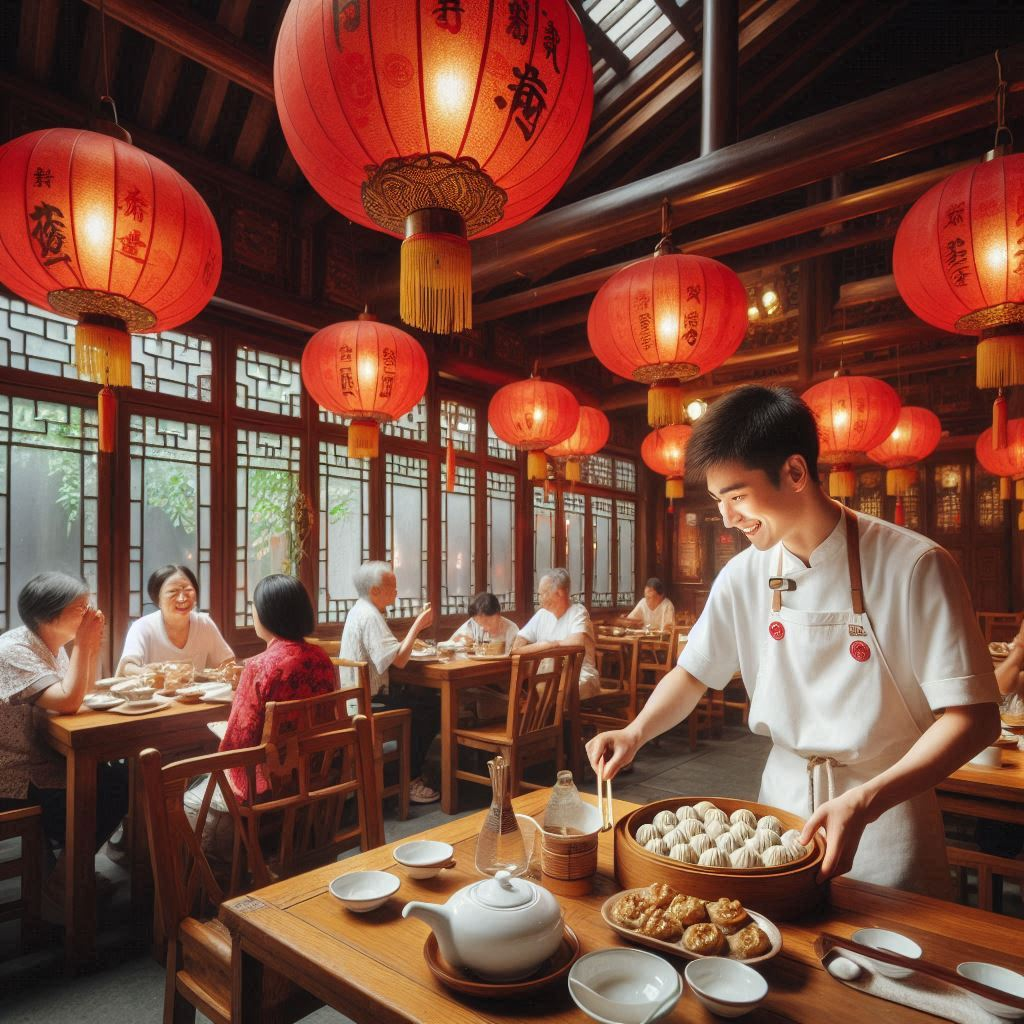
- Average Cost: 50–150 RMB (7.5–22.5 USD) per meal.
- Popular Choices: Dim sum, Peking duck, and regional specialties.
For instance, enjoying Peking duck in Beijing might cost around 100 RMB per person, while a dim sum meal in Guangzhou could be about 50 RMB.
These restaurants are ideal for those seeking a balance between cost and quality.
4. Fine Dining and International Cuisine
China’s major cities boast a variety of fine dining options and international cuisine. These restaurants offer high-quality dishes and exceptional service, often at a higher price point.

- Average Cost: 200–500 RMB (30–75 USD) per meal.
- Cuisine Types: French, Italian, Japanese, and upscale Chinese.
Fine dining often features renowned chefs and meticulously crafted dishes, making it perfect for special occasions.
For example, a high-end French restaurant in Shanghai might charge 400 RMB per person for a multi-course meal.
5. Western Fast Food Chains
Western fast food chains like McDonald’s, KFC, and Burger King are widely available in China.
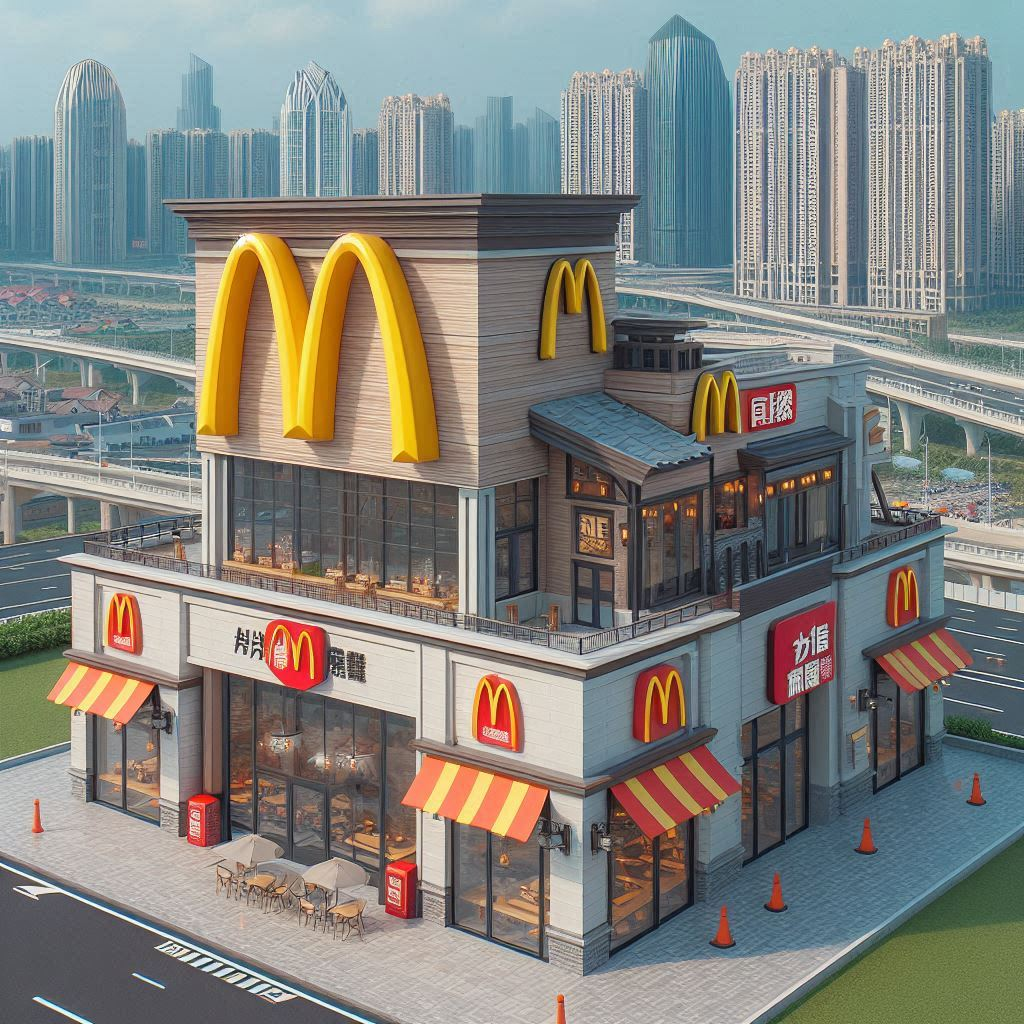
- Average Cost: 30–50 RMB (4.5–7.5 USD) per meal.
- Menu Items: Burgers, fries, fried chicken, and soft drinks.
Prices are comparable to those in the West, with a typical combo meal costing around 40 RMB.
However, local fast food chains like Dicos or Chinese-style bakeries often provide cheaper and more localized alternatives.
6. Grocery Shopping and Cooking at Home
For those who prefer cooking at home, grocery shopping in China is affordable, especially at local markets.
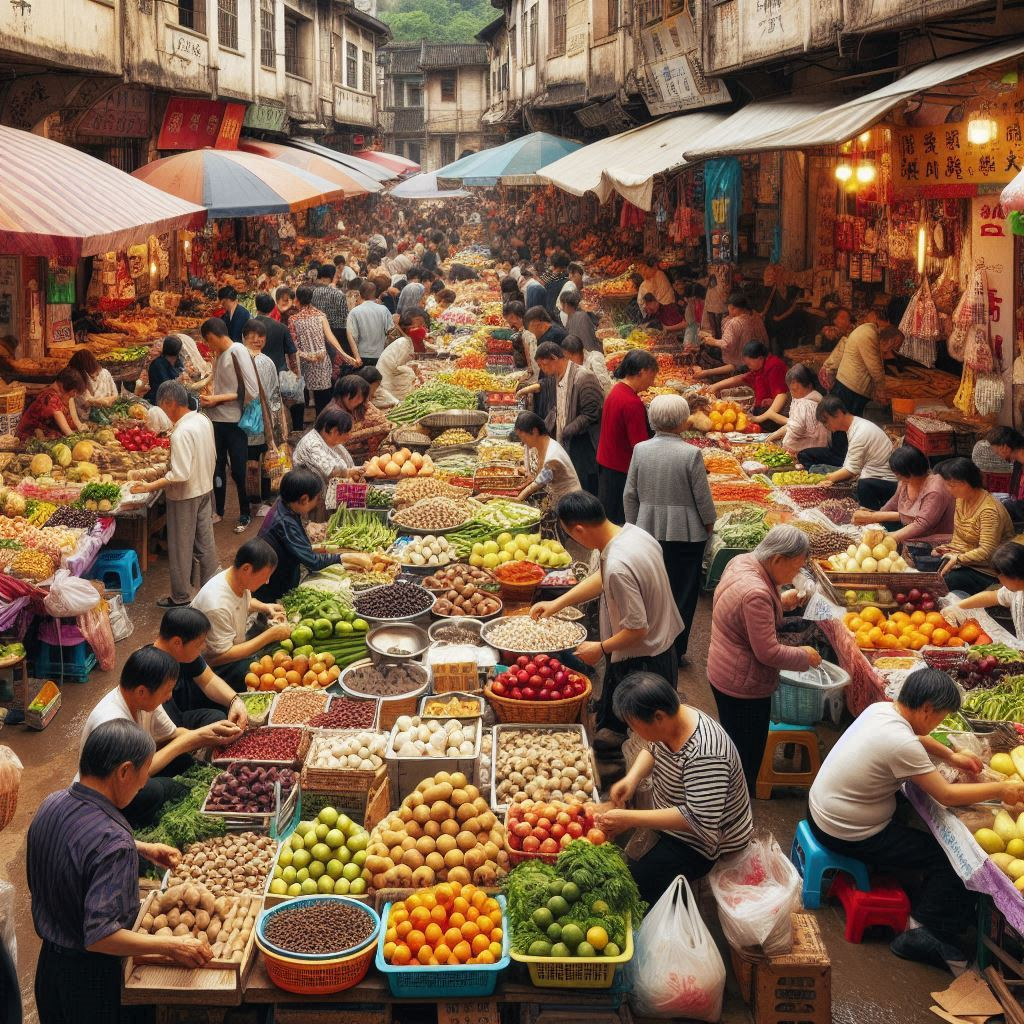
- Average Cost: 200–400 RMB (30–60 USD) per week for groceries.
- Popular Items: Fresh vegetables, rice, noodles, and meat.
Local markets are the best places to buy fresh produce at low prices.
For example, a kilogram of rice costs around 5 RMB, while fresh vegetables range from 2 to 10 RMB per kilogram.
Supermarkets may offer more variety but are often slightly more expensive.
Seasonal price fluctuations are common, so shopping in-season can save money.
7. Food Delivery Services
Food delivery apps like Meituan and Ele.me are an integral part of modern dining in China. They offer convenience and access to a wide range of restaurants.
- Average Cost: Delivery fees range from 3–10 RMB (0.5–1.5 USD), with meals priced similarly to dining in.
Delivery apps often feature discounts and promotions, making them a cost-effective option for busy days. However, delivery fees and packaging costs can add up, so it’s worth comparing prices.
8. Regional Variations in Food Costs
Food prices vary significantly across China.
Major cities like Beijing, Shanghai, and Shenzhen tend to have higher costs, while smaller cities and rural areas are more affordable.
For example:
- Street Food: 5 RMB in smaller cities vs. 10 RMB in Beijing.
- Casual Dining: 20 RMB in rural areas vs. 50 RMB in Shanghai.
- Fine Dining: 300 RMB in Guangzhou vs. 500 RMB in Shanghai.
Understanding these regional differences can help you budget more effectively.
9. Tips for Saving Money on Food in China
- Eat Like a Local: Opt for street food and local restaurants to enjoy authentic flavors at lower prices.
- Shop at Local Markets: Buy fresh produce from local markets instead of supermarkets.
- Avoid Tourist Traps: Restaurants in tourist areas are often overpriced. Explore neighborhoods away from tourist spots for better deals.
- Use Delivery App Discounts: Take advantage of promotions on food delivery apps.
- Dine During Lunch Specials: Many restaurants offer discounted lunch menus, making it a great time to eat out.
Conclusion
The cost of food and dining in China varies widely depending on where and how you choose to eat.
From affordable street food to luxurious fine dining, there’s something for every budget.
By understanding regional variations, exploring local options, and using money-saving tips, you can enjoy China’s rich culinary landscape without overspending.
Whether you’re a budget traveler or a foodie seeking gourmet experiences, China’s diverse dining scene has something to offer everyone.

